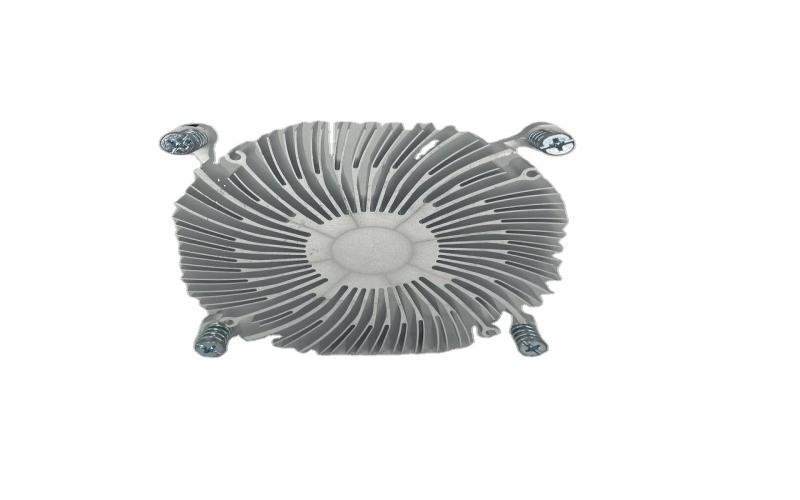How to Choose a Heatsink for LED: A Comprehensive Guide
LEDs (Light Emitting Diodes) have become increasingly popular in various applications due to their energy efficiency and versatility. However, like any electronic component, LEDs generate heat during operation, and managing this heat is crucial to ensure their optimal performance and longevity. One effective way to dissipate heat is by using a heatsink. In this article, we will explore the key factors to consider when choosing a heatsink for LEDs.
1. Understanding the Importance of a Heatsink
A heatsink is a passive cooling device that efficiently transfers heat away from the LED. It works by increasing the surface area available for heat dissipation, allowing the heat to be conducted away from the LED and dissipated into the surrounding environment. Without a proper heatsink, the excessive heat can lead to thermal degradation, reduced efficiency, and even premature failure of the LED.
2. Calculating the Thermal Design Power (TDP)
Thermal Design Power, or TDP, is the maximum amount of heat that a component, in this case, an LED, generates under normal operating conditions. To choose an appropriate heatsink, it is crucial to calculate the TDP of the LED. The TDP value will help determine the thermal requirements for the heatsink, including its size, material, and cooling capacity.
3. Consider the LED's Operating Temperature
LEDs have specified operating temperature ranges, and exceeding these limits can significantly impact their performance and lifespan. It is essential to choose a heatsink capable of keeping the LED's temperature within the recommended range. This requires considering factors such as the ambient temperature, the application's environment, and the LED's power consumption.
4. Choosing the Right Heatsink Material
Heatsinks are commonly made from aluminum, copper, or a combination of both. Each material has its advantages and considerations. Aluminum heatsinks are lightweight, cost-effective, and offer good thermal conductivity. Copper heatsinks, on the other hand, have superior thermal conductivity but are heavier and more expensive. The choice of material depends on the specific requirements of the LED application.
5. Evaluating the Heatsink's Thermal Resistance
Thermal resistance is a crucial parameter that determines how effectively a heatsink can transfer heat from the LED to the surrounding environment. It is important to choose a heatsink with a low thermal resistance value to ensure efficient heat dissipation. The lower the thermal resistance, the better the heatsink's performance.
6. Understanding the Importance of Fin Design
Fins are the protrusions or ridges on the surface of a heatsink. They increase the surface area of the heatsink, allowing for better heat dissipation. The design and size of the fins play a significant role in determining the heatsink's overall performance. Fins with larger surface areas and appropriate spacing allow for improved airflow and more effective heat transfer.
7. Assessing the Heatsink's Size and Weight
The size and weight of the heatsink are important considerations, especially in space-constrained applications. It is crucial to ensure that the selected heatsink fits within the available space and does not add excessive weight to the system. Additionally, the heatsink's size should match the TDP requirements of the LED to guarantee efficient heat dissipation.
8. Considering the Cooling Method
Heatsinks can be used with various cooling methods, such as natural convection, forced convection, or liquid cooling. Natural convection relies on the surrounding air to dissipate heat, while forced convection uses fans or blowers to enhance airflow. Liquid cooling, on the other hand, involves circulating a liquid coolant to remove heat from the heatsink. The choice of cooling method depends on the specific application requirements.
9. Assessing the Cost and Availability
Cost and availability are practical considerations when choosing a heatsink for LEDs. Aluminum heatsinks are generally more cost-effective and readily available compared to copper heatsinks. However, specific applications may require the superior thermal conductivity of copper heatsinks, despite their higher cost and limited availability.
10. Seek Professional Advice
Choosing the right heatsink for your LED application can be complex, especially when considering all the factors mentioned above. It is advisable to seek professional advice from experts or consult with manufacturers who specialize in thermal management solutions. They can provide valuable insights and recommend the most suitable heatsink for your specific LED requirements.

